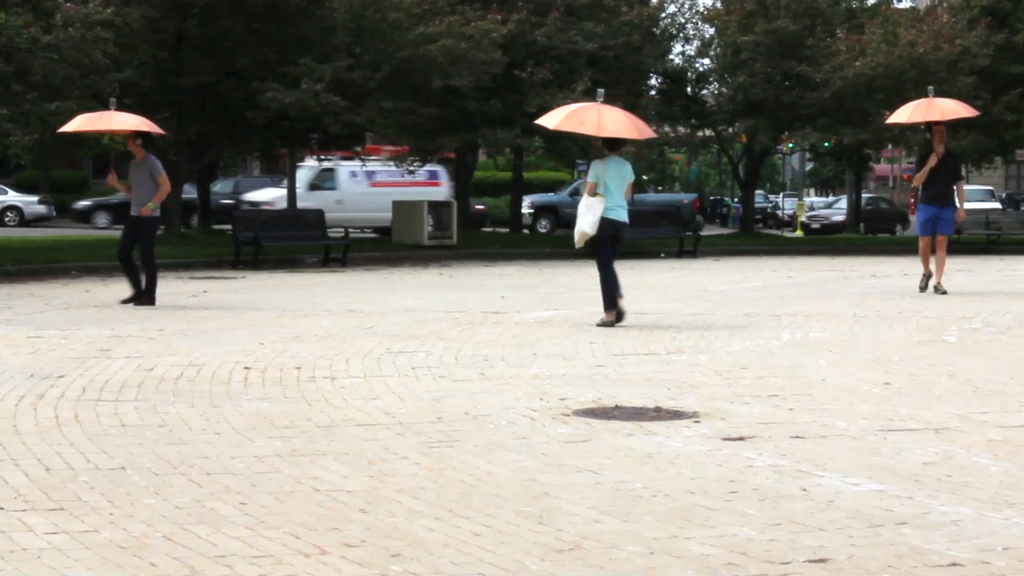As computing leaves the desktop and spills out onto the sidewalks, streets and public spaces of the city, information processing becomes embedded in and distributed throughout the material fabric of everyday urban space. Pervasive/ubiquitous computing evangelists herald a coming age of urban information systems capable of sensing and responding to the events and activities transpiring around them. Imbued with the capacity to remember, correlate and anticipate, this “sentient” city is envisioned as being capable of reflexively monitoring our behavior within it and becoming an active agent in the organization of our daily lives.
Few may quibble about “smart” traffic light control systems that more efficiently manage the ebbs and flows of trucks, cars and busses on our city streets. Some may be irritated when discount coupons for their favorite espresso drink are beamed to their mobile phone as they pass by Starbucks. Many are likely to protest when they are denied passage through a subway turnstile because the system “senses” that their purchasing habits, mobility patterns and current galvanic skin response (GSR) reading happens to match the profile of a terrorist.
The project aims to raise awareness of the implications for privacy, autonomy, trust and serendipity in this highly observant, ever-more efficient and over-coded city.
Sentient City Survival Kit: Archaeology of the Near Future, Paper delivered at Digital Arts and Culture 2009, UC Irvine
Visit the Sentient City Survival Kit website


